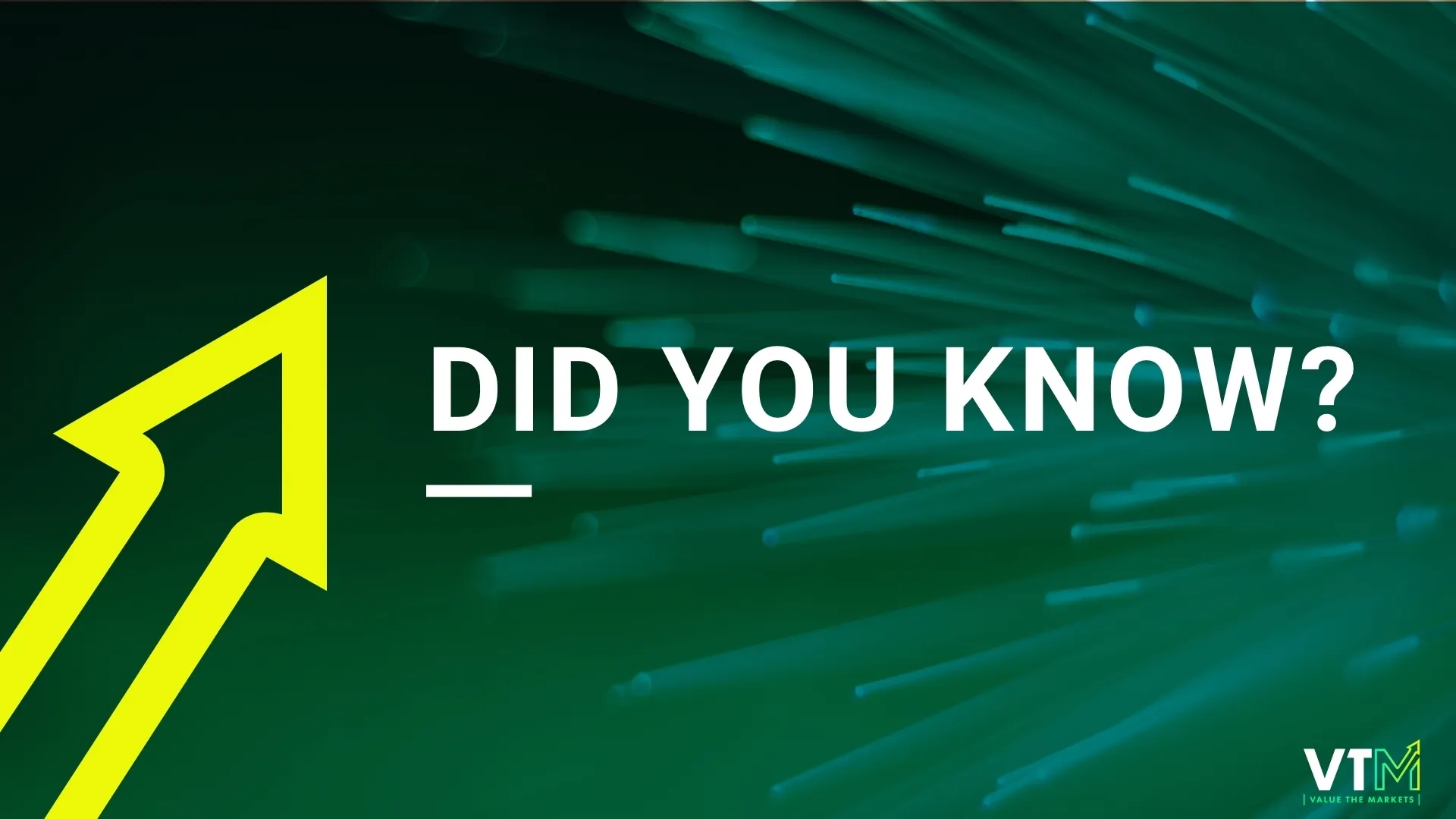A balance sheet is a financial statement that reports a company’s assets, liabilities and shareholder equity at a specified point in time. Essentially, a balance sheet provides a snapshot of what a company owns, what they owe and how much has been invested by shareholders.
Investors use a company’s balance sheet to gain a clearer view of the company’s capital structure and to help them evaluate the return on investment for shareholders. When combined with other financial statements, balance sheets can be used to calculate financial ratios and for fundamental analysis.
#How a balance sheet works
As one of the three core financial statements used to evaluate a business, balance sheets give investors a better understanding of a company’s financial wellbeing. Investors will use a number of financial ratios such as debt-to-equity ratio or acid-test ratio to determine the company’s financial position and can use this information to compare different companies operating in the same industry.
Balance sheets report on the assets, liabilities and shareholders’ equity, assets are displayed on one side and liabilities plus shareholder equity on the other. The accounting equation balance sheets adhere to is: Asset = Liabilities + Shareholder Equity.

A balance sheet should always balance, if it doesn’t then it may suggest that there is misplaced or incorrect data or exchange rate errors or miscalculations.
Each category on the balance sheet is broken down into smaller accounts. For example, assets can either be current assets or long-term assets. Current assets include those which can be converted into cash in one year or less and long-term assets are those which cannot. Current assets may include cash and cash equivalents, marketable securities, accounts receivable, inventory and prepaid expenses.
Long-term assets are fixed assets such as land, machinery, equipment and buildings or intangible assets such as intellectual property. Liabilities are also categorized as current or long-term with current liabilities being those which are due within one year.
Examples of current liabilities include the current portion of long-term debt, interest payable, wages payable, earned and unearned premiums and accounts payable. Long-term liabilities are things such as mortgages, interest and principal on bonds and pension fund liability.
Shareholder equity is the equivalent of the total assets of a company minus its liabilities and is often referred to as net assets. Retained earnings may appear on a company’s balance sheet, these are the net earnings a company either reinvests in the business or uses to settle some of its debt. Any remaining funds are then distributed to shareholders in the form of dividends.
#Advantages of a balance sheet
The advantages of a balance sheet include:
Provides transparency for potential investors
A company’s balance sheet is a great way for investors to get a sense of a company’s financial wellbeing before making the decision to invest in them. It provides transparency on the shareholder equity and the return on investment in the specified time period.
Can be used to analyze ratios
Investors and financial analysts can use the information included on a balance sheet to calculate a range of financial ratios which can help them determine the company’s financial position. These ratios can then be compared to other companies in the same industry to help investors make informed investment decisions.
#Disadvantages of a balance sheet
The disadvantages of a balance sheet include:
Inaccurate long-term assets
Long-term assets are recorded on the balance sheet at the price paid for them or the book value, it ignores the current value. If the assets have depreciated considerably this could give an inaccurate view of the company’s financial position.
May not include all assets
Only assets that are acquired by transactions are reported on the balance sheets. For example, a highly skilled team that would be hard to replace is considered a valuable asset but as it cannot be expressed in monetary terms it is not included on the balance sheet.
